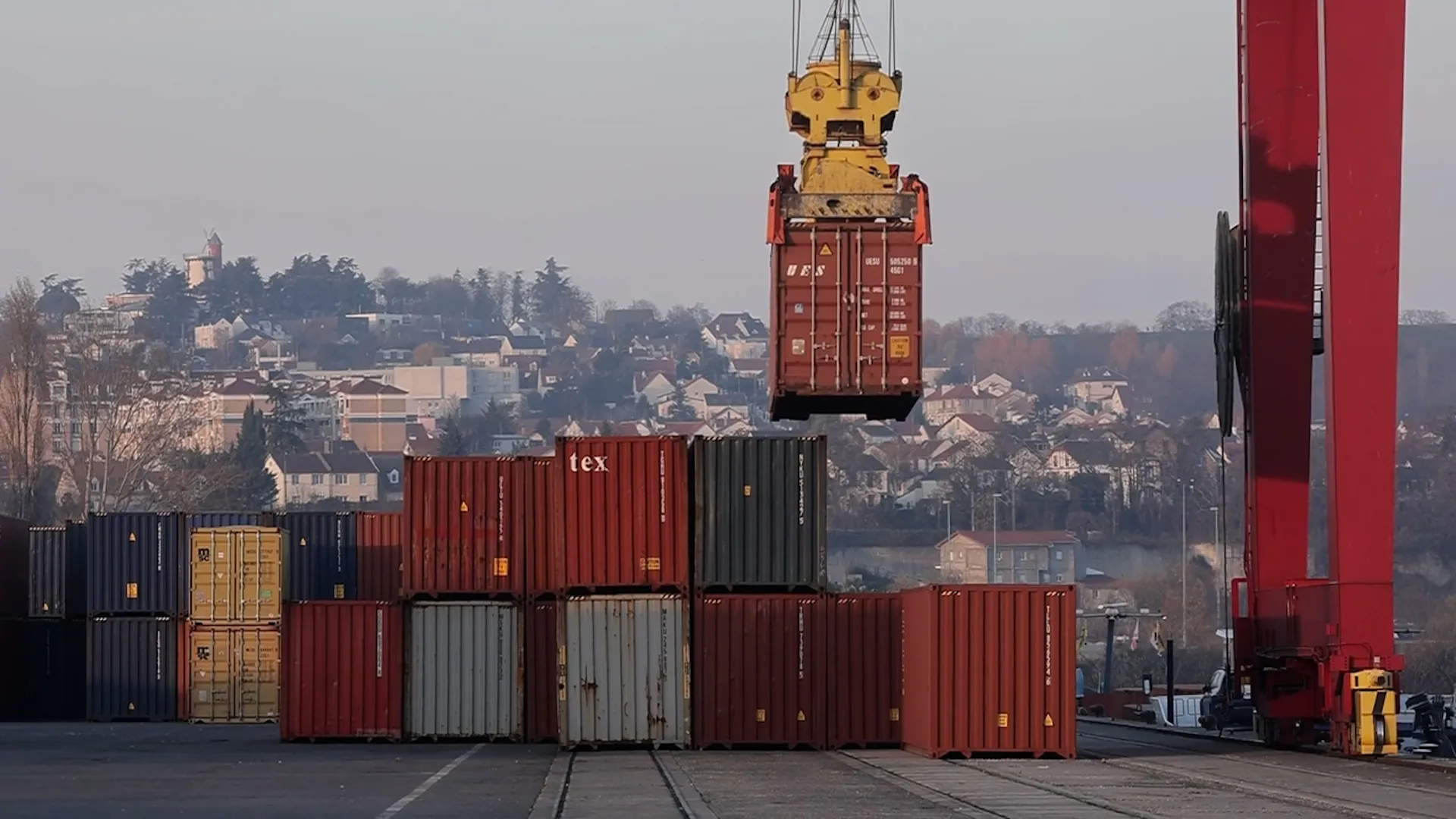As the clock ticks towards August 1, the looming specter of a 35 percent tariff on Canadian imports threatens not only the economic stability of communities across Canada but also the integrity of international trade relations. President Donald Trump’s latest maneuver, described in an incendiary letter to Canadian Prime Minister Mark Carney, positions the U.S. as a bully on the global stage, wielding tariffs as a weapon against a trade partner that he claims is responsible for America"s fentanyl crisis.
Canada Faces Economic Fallout
Trump"s tariff plans come amid a complex web of negotiations and accusations. With the U.S. being Canada"s largest trading partner, the implications of such a steep tariff are staggering. According to recent data, Canada exported over $9.3 billion worth of copper and copper-based products to the U.S. in 2023, which could now face crippling costs due to Trump"s threats. This surge in tariffs could lead to job losses and increased prices for consumers, as Canadian businesses struggle to absorb the costs of production while competing with U.S. firms that may benefit from lower tariff rates.
Fentanyl Accusations Lack Evidence
Trump’s justification for the tariffs, citing Canada’s alleged failure to control the flow of fentanyl into the U.S., raises serious questions. A report by The Manhattan Institute indicates that only 1 percent of fentanyl pills seized in the U.S. originated from Canada. This blatant misrepresentation of facts not only reveals Trump"s penchant for scapegoating but also exposes the flawed rationale that could devastate lives and livelihoods on both sides of the border.

Centre Block Construction Update (2024)
Environmental Justice at Stake
The intersection of these trade negotiations with environmental policy cannot be overlooked. The potential for tariffs to drive Canadian companies to relocate manufacturing to the U.S. could lead to increased carbon emissions, as stringent environmental regulations in Canada may not be mirrored in the U.S. This scenario paints a grim picture for climate action, where economic decisions are made at the expense of sustainable practices. As reported by Yale"s Budget Lab, tariffs not only impact trade but can also have long-term negative effects on climate goals.
Workers and Communities Bear the Burden
For Canadian workers and their communities, the stakes are personal. The impending tariffs threaten jobs and livelihoods, particularly in sectors already struggling amid the fallout from the COVID-19 pandemic. As Canada"s World Factbook notes, the economy is still recovering, and job losses in key sectors could push many families into financial instability. The conversation should not just center on trade deficits but also on the human cost of these economic policies.

Are Tariffs In Effect Today
Negotiation Tactics and Tensions
The negotiation tactics used by Trump echo a long-standing pattern of using tariffs as leverage in international relations. Canada’s Prime Minister Mark Carney remains committed to reaching a new trade agreement by the August 1 deadline, but with the U.S. administration seemingly unconcerned about the ramifications on Canadian workers, the path forward is fraught with tension. Carney"s assertion that Canada has made “vital progress” in combating fentanyl illustrates a willingness to engage in constructive dialogue, yet the stakes remain high as Trump’s threats loom large.
As the economic landscape shifts, the ramifications of Trump"s tariff threats will extend beyond the immediate financial impacts, potentially reshaping the future of trade relations between Canada and the U.S. without regard for the communities caught in the crossfire.


![[Video] Trump clarifies warning on Venezuelan airspace, denies imminent airstrike](/_next/image?url=%2Fapi%2Fimage%2Fthumbnails%2Fthumbnail-1764541870318-vgpub6-thumbnail.jpg&w=3840&q=75)
![[Video] Trump stands by claim calling Tim Walz retarded, says 'something wrong with him'](/_next/image?url=%2Fapi%2Fimage%2Fthumbnails%2Fthumbnail-1764541845961-tiqt07-thumbnail.jpg&w=3840&q=75)

![[Video] Trump suggests U.S. asylum process will be paused for a long time](/_next/image?url=%2Fapi%2Fimage%2Fthumbnails%2Fthumbnail-1764541860292-f1xogn-thumbnail.jpg&w=3840&q=75)